Skype: neodalle-travel
Tel: +86 135 7447 2266
E-mail: sales@visitaroundchina.com
Jiujiang Facts
English Name:Jiujiang City
Chinese Name: 九江市 (Jiǔ Jiāng Shì)
Location: in north of Jiangxi Province
Population: 4.85 million
Area: 18,823 Square kilometers
Nationalities: Han, Hakka, Manchu, Hui
History of Jiujiang
With a history of over 2,000 years, this is an attractive city boasting of grand mountains and numerous waterways.Cultural relics of Buddhism, Taoism, Islam and Confucianism can be found on nearby Mt. Lushan. The mountain also features captivating rock formations, natural springs, temples and stone inscriptions. Most of its 99 peaks rise over 1,000 meters above sea level.
What to see in Jiujiang ?
There are many historical buildings in the city. Among them are Suojiang Tower, Nengren Temple built in the 6th century, and Wave Well which is nearly 2,000 years old. Gantang Lake located downtown is historically significant as well. Poyang Lake located south of the city is China's largest freshwater lake. It is a habitat rich in aquatic plants and is home to over 100 species of migratory birds. During the winter months visitors can see spectacular flocks of birds in flight. This scene is thought by some to resemble the 'second Great Wall of China'.
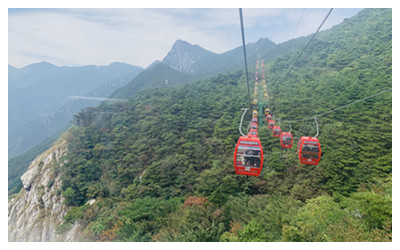 |
 |
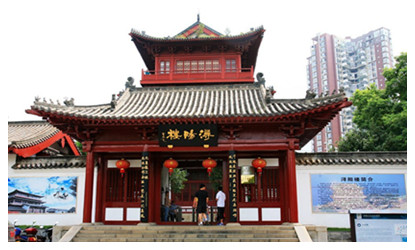 |
| Lushan Scenic Area | Poyang Lake | Xunyang Tower |
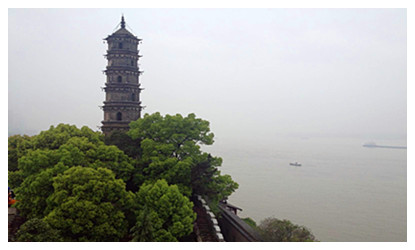 |
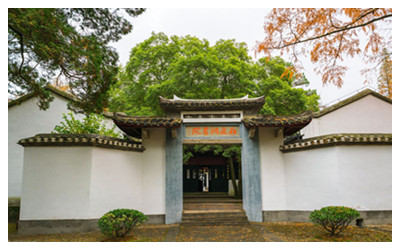 |
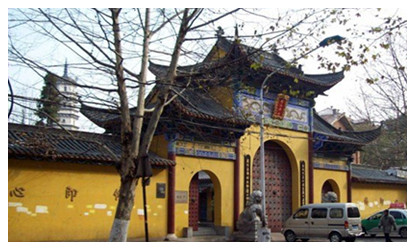 |
| Suojiang Tower | Bailudong Academy | Nengren Temple |
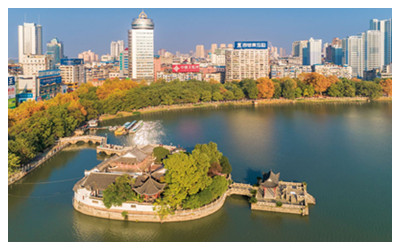 |
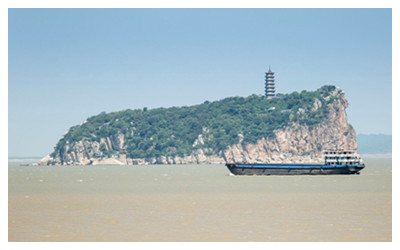 |
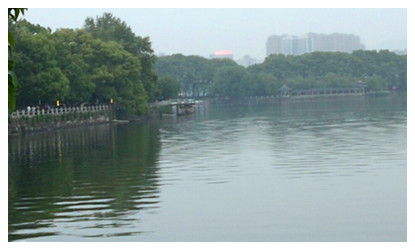 |
| Gantang Lake | Dagushan Hill | Jiujiang Wave Well |
When to visit Jiujiang ?
Situated to the south of the Yangtze River, Jiujiang has a subtropical climate. The average annual temperature is 17℃ (62.6℉). January is the coldest month with a mean temperature of about 5℃ (41℉), and July is the hottest month with a mean temperature of about 29℃ (84.2℉).
Since it is sultry and rainy in summer and cold in winter, the best time to visit the city is in late spring and autumn. However, the situation is different in Mt. Lushan, which has four distinct seasons. Therefore it is pleasant to visit anytime, depending on your preference
How to get to Jiujiang ?
Dependant on the Yangtze River, Jiujiang has been an important port since ancient times. Today, standing in the intersection of the Yangtze River and the Beijing-Jiulong Railway, it has well developed land and water transportation routes.
As the junction of the Beijing-Jiulong Railway, Wuhan-Jiujiang Railway, and Hefei-Jiujiang Railway, the Jiujiang Railway Stationconnects the city with cities in all parts of China. Everyday, trains starting from or passing by Jiujiang go to most of major cities in China.
As for road transportation, five important highways traverse Jiujiang, including the Nanchang-Jiujiang Highway, Jiujiang-Jingdezhen Highway and the No.105 National Highway and No.316 National Highway, forming a large network of roads. Moreover, the Jiujiang Airport offers another transportation option.
 Ask Questions ?
Ask Questions ?